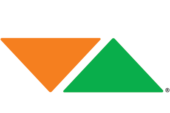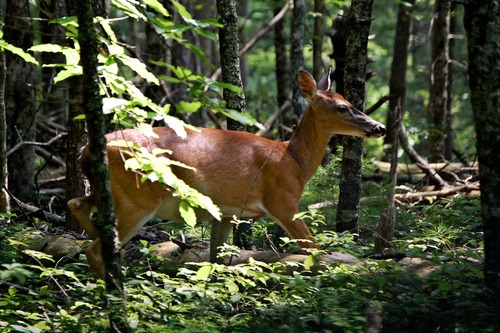As fawning is coming to a close, it’s a good time to begin thinking about the population control measures you need to consider this year. I’m sure that many of you will say, “I hunt – that’s my population control.” And you’re right.
However, when thinking on a deer management scale, some detailed thought, and management, needs to be given to how many deer you have in a given area, whether low or high fenced, and how much forage they have to eat.
There is no doubt that as more deer are crowding into a habitat area, the more their nutritional intake begins to be restricted, once they go past the normal carrying capacity. If you can keep the number of deer down on your management area, it is one of the most economical ways possible to increase their productivity because it will increase their nutrient intake.
The first question that must be answered in population management is, “How many deer do I have?” The quick second is, “How may of them are bucks, does, and fawns?”
Without an answer to these questions, you really can’t determine how many bucks you should harvest this year. Or even how many does need to be harvested, or taken out. These are key issues in balancing harvesting quality bucks and having enough diet for everyone.
There are several techniques to conduct a deer survey to try to estimate the number of deer you have. Note that I used the words “estimate” and “survey” in the last sentence. It is all but impossible to get an accurate count, or census, of the number of deer you have. You can get a good estimate which, combined with data from past years, can help to establish a trend in population. You can also get a decent estimate of the doe to buck ratio and fawn crop to help with management.
The spotlight count is the most economical method of doing a deer survey. You need a driver, a recorder, and two spotlight operators to conduct a deer survey. It can be a family outing or an opportunity to get together with fellow hunters before the season begins.
Select a route through your ranch, or lease, that includes all different types of terrain and brush density so that you don’t just survey the draws and bottoms that the deer may be congregating in. This way, you will be able to observe more of an “average” of the range sites and habitat that your area has to offer.
Using a helicopter is a faster way to survey deer, but is also more expensive. An experienced observer in the helicopter can do a very good job of counting deer. Habitats that have lots of thick, evergreen forage, such as live oak and juniper (cedar) can be difficult to do helicopter surveys, but again operators and observers experienced in this type of habitat seem to do very good jobs with this.
A newer type of deer survey is the photographic survey. In this survey, you put out several of the infrared-type cameras either on deer feeders or waterings to “catch” the deer in those areas. You can generally identify the bucks that come in by their antler structure and determine how many individual bucks are in the pictures. You an also count the total number of does in the pictures to give you a relationship of does to bucks. Counting the fawns and comparing it to the number of does can give you an idea of the fawn crop.
Each of these techniques has its good points and drawbacks. And none of them are 100% accurate. However, these are the best tools we have to try to estimate deer numbers and if used over time, can be very helpful in managing the deer population.
So how does managing the deer population help with nutrition? If you have a certain amount of forb, browse, and young grass available for your deer on your ranch, or lease, as the number of deer increase, the amount of nutritional intake decreases. And conversely, if you decrease the number of deer, their nutritional intake will increase.
This concept depends on the fact that your deer population is at, or higher, than the carrying capacity it can handle. The carrying capacity is defined as the number of animals that can consume the forage in the habitat without beginning to damage the habitat from excessive consumption.
As competition for the forages in the pasture increase, animals are forced to graze more of the less desirable plants available. A deer’s primary job each day is to meet its nutritional needs. It has preferred plants that are normally higher in nutrition than the less preferred plants, but can also be lower in intake-inhibiting compounds that are in some plants like oaks and junipers (cedars).
As deer are forced to the lesser preferred plants, they may not can find, or consume, as much as when there was less competition. In this case, nutrient intake, and productive performance (antler growth, body size, fawn crop, etc.), declines.
Supplemental feeding and food plots can help with this nutritional deficiency, but the correcting the root problem of having too many deer for the habitat would help improve performance with the feed. Increasing forage intake and supplementation can help you make even greater strides in your deer management.
There are other benefits of population control to consider. If you can reduce the doe to buck ratio, then more of the deer you are providing forage for, or supplementing, will be bucks, which should bring in more hunting opportunities, than does.
Also, there is some research work that shows that in a stressed habitat, reducing the number of does actually increased the fawn crop of those that were left. The fewer number of does were actually producing as many fawns that survived to be included into the herd the next year, as the higher number did. A lower number of deer getting a higher forage intake should be a more productive herd.
A smaller doe herd also allows you to have a larger buck herd, which should allow you to keep more bucks to an older age, and hopefully larger antler growth. Age is definitely a factor in a buck expressing his full antler growth potential, so if you can narrow your doe to buck ratio and keep more total bucks in the herd without stressing the habitat, you should see some increase in your trophy class of deer.
Lots of people supplemental feed deer. Those who practice population management as well as supplementation tend to see a greater benefit. Take some time to do a deer survey on your ranch this fall and use that information to plan some population management with the help of your biologist if you work with one. The results will make the extra effort worthwhile.
Click here to browse our Wildlife Feeds and Supplements.


